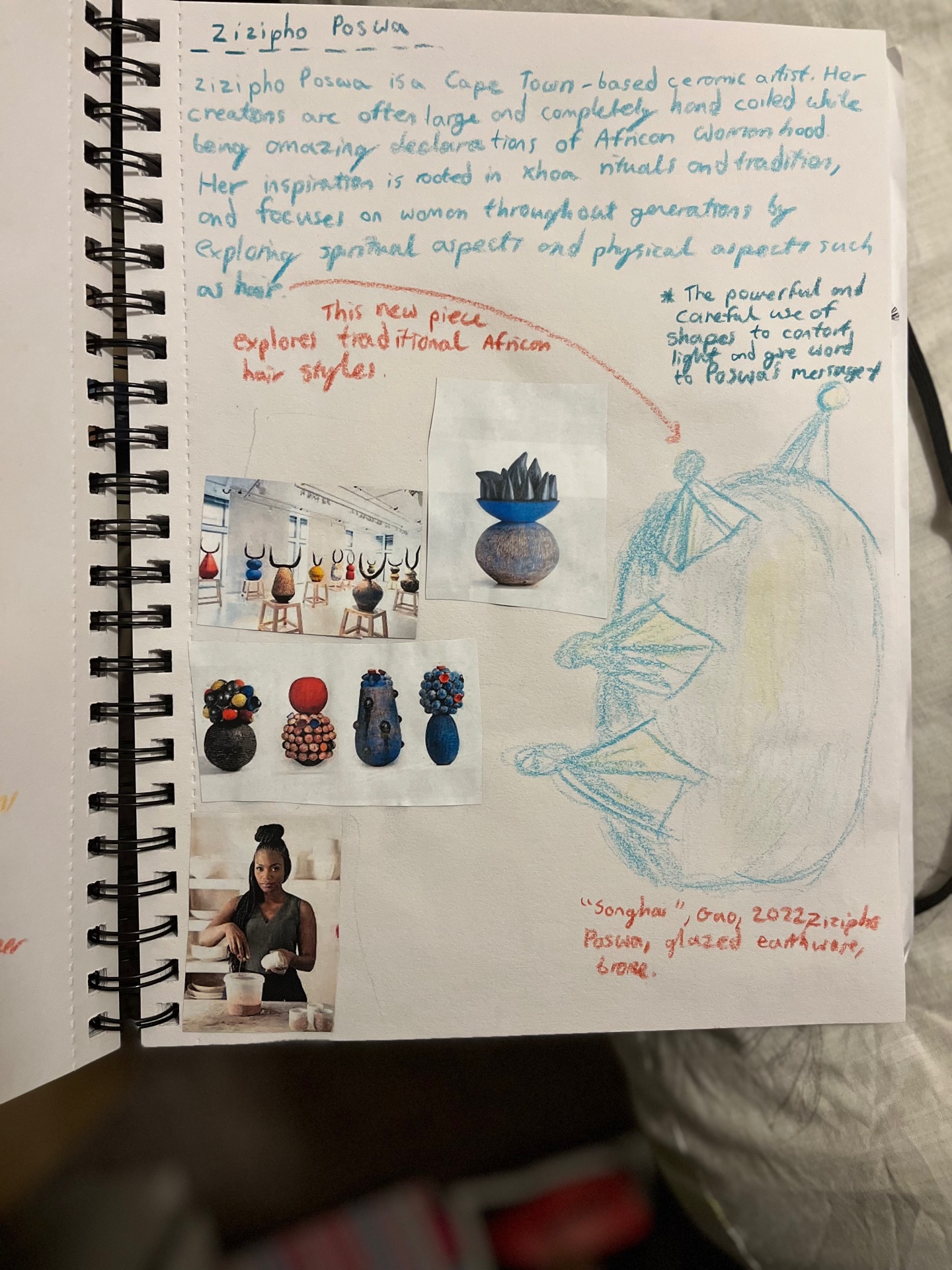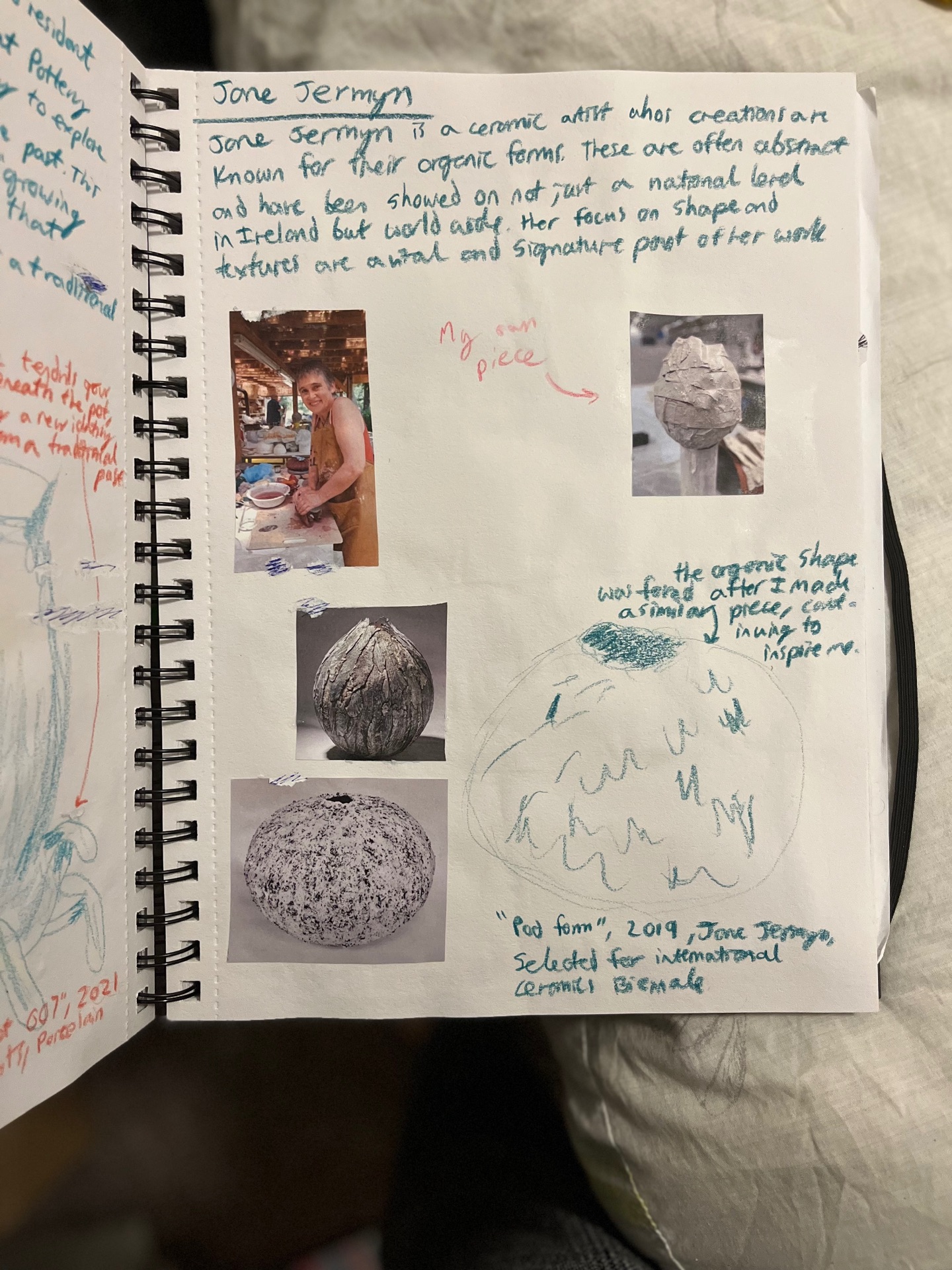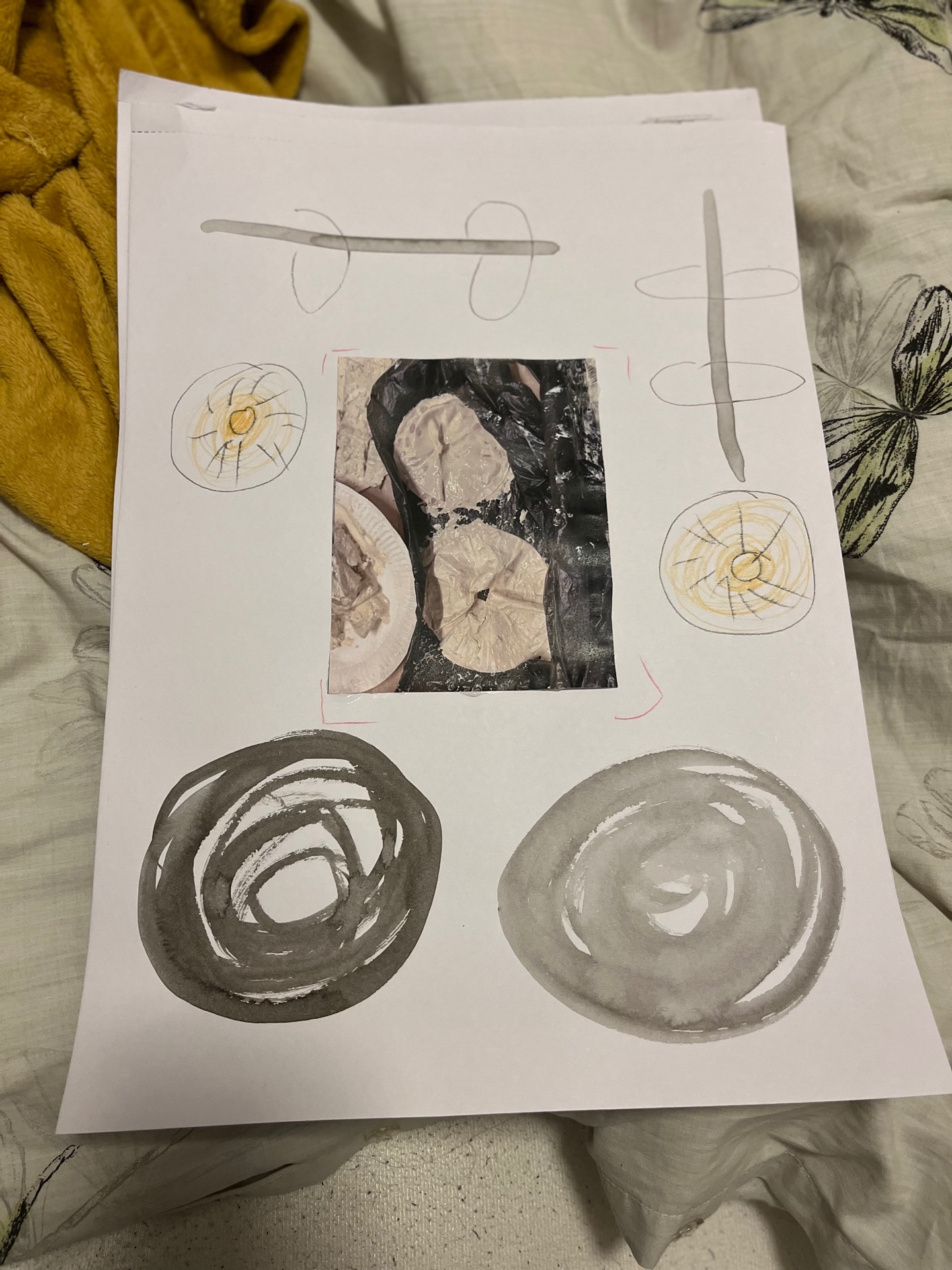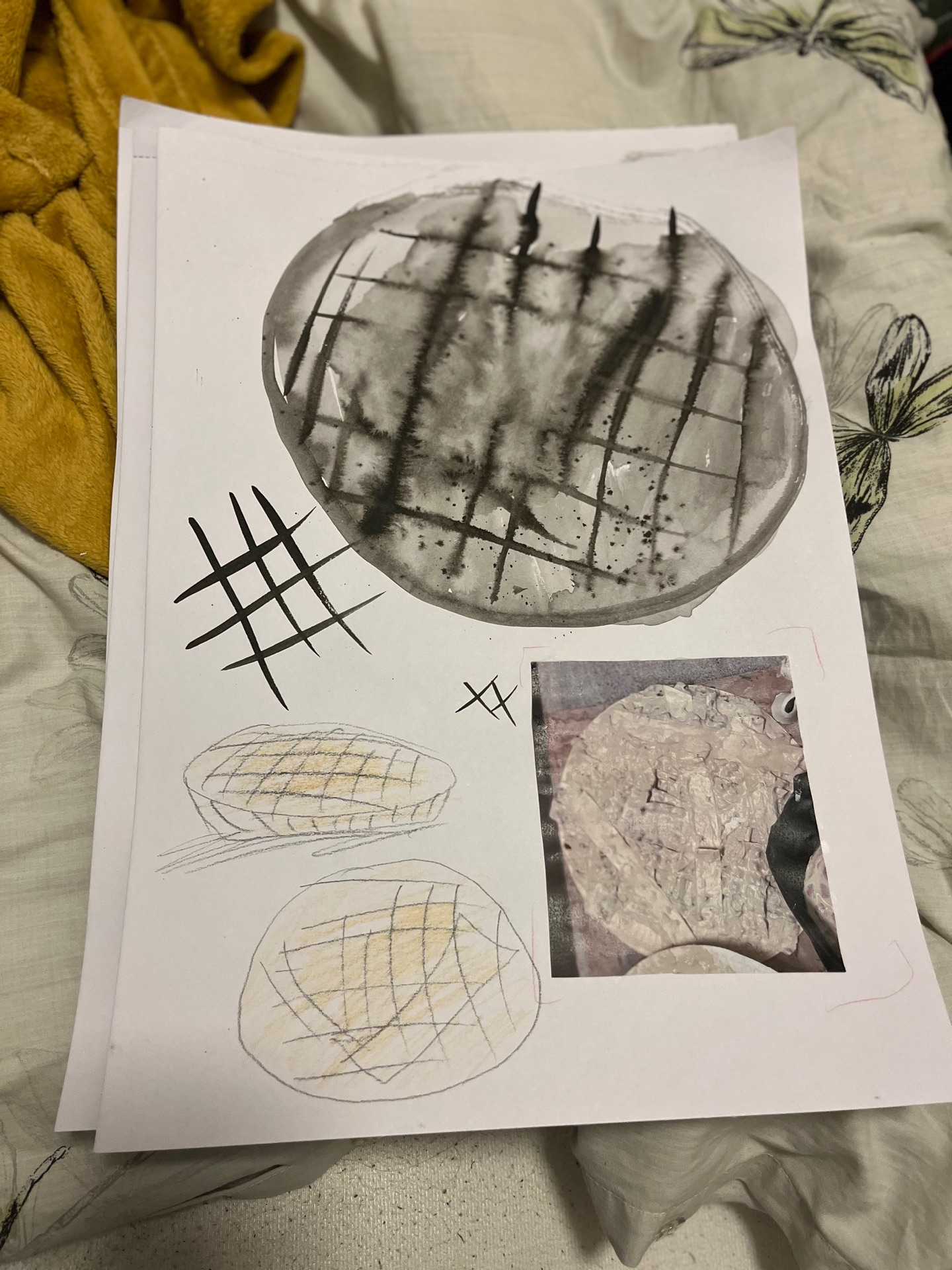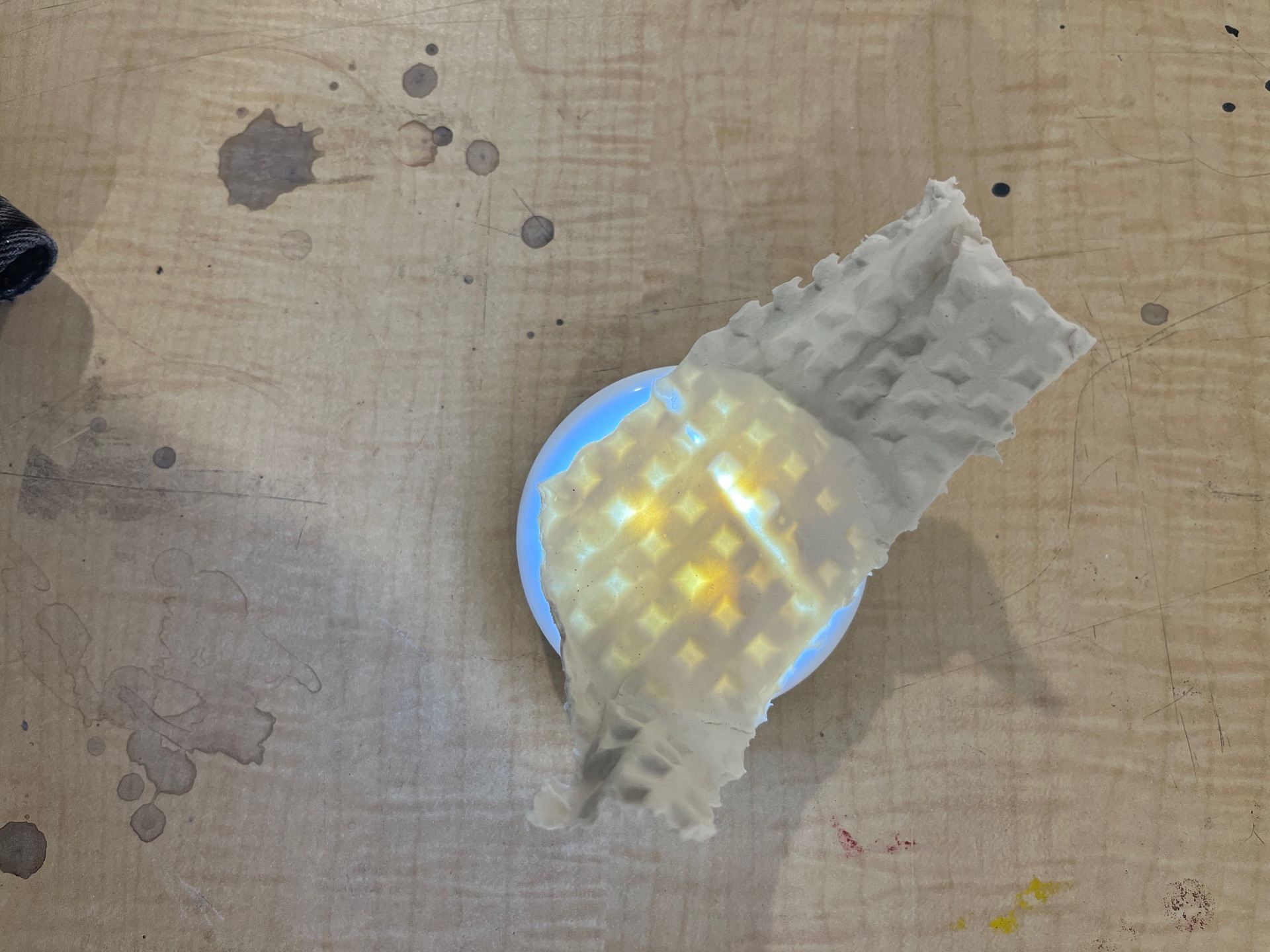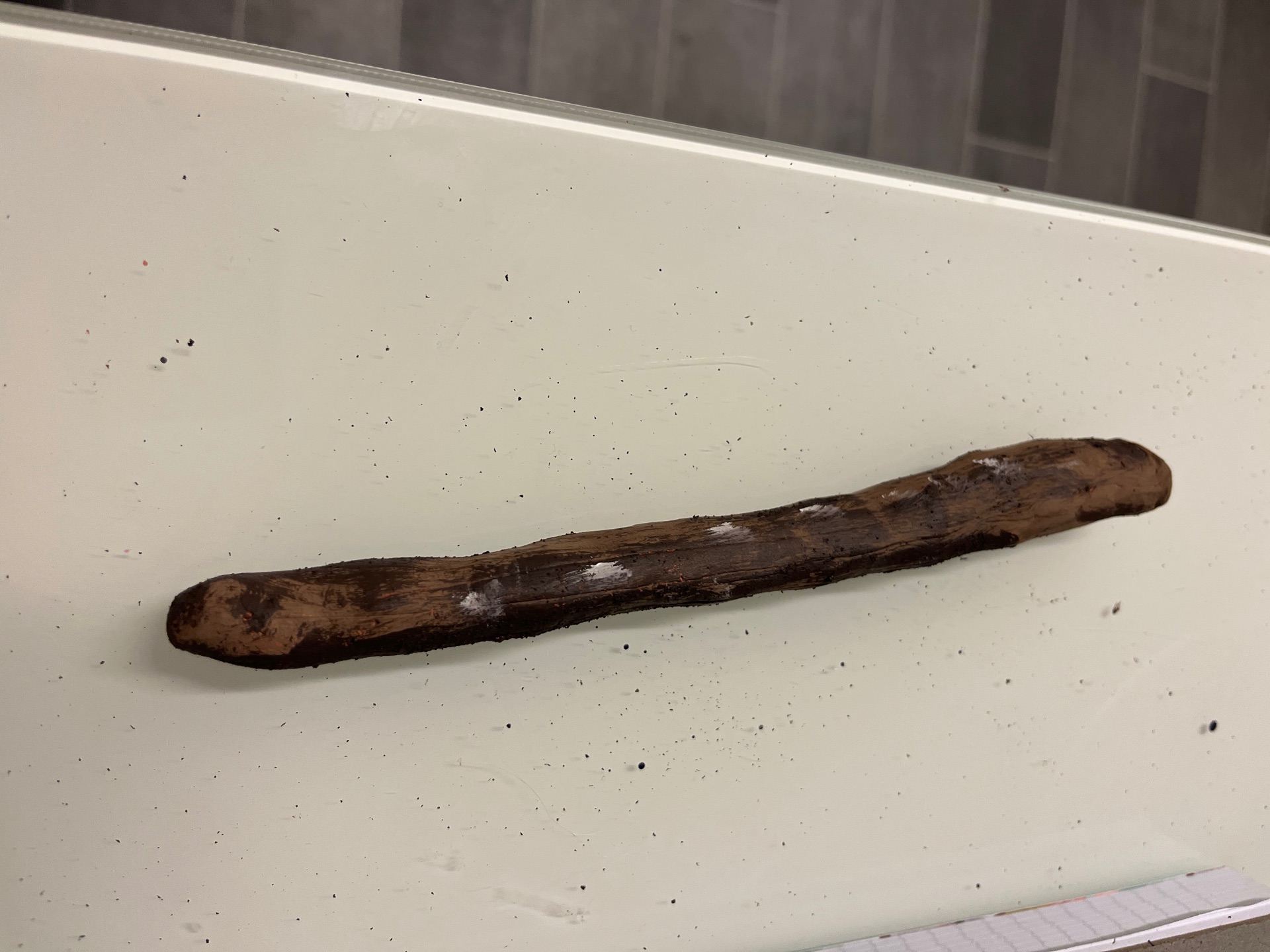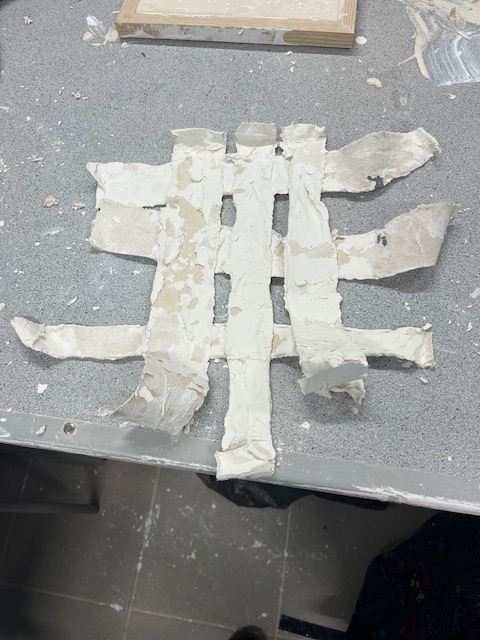Self reflection:
Did the introduction/outline for the workshop provide a clear idea of what to aim for?
The initial induction slides provided a good idea of what the goal of the workshop was-creating a lighting structure but not with a traditional appearance.
Was there enough direction/feedback provided?
No, I felt as though I was left to “fend for myself” throughout this workshop after the second day. We were shown how to make a sheet of paper clay at the very start but no more direction was given with the exception of occasional interest in a piece. It was not until the day before the deadline that our sketchbooks were reviewed at with non-specific feedback, of doing more sketches in general, being given except for the name of one artist whose work was similar to one of my pieces.
Was I aware I could seek out and ask for advice if I required it?
Yes, the two lecturers’ emails were included in the document containing the workshop timetable. The lecturers would usually be in the studio at the start of the day if there was an issue you had the day prior and would reappear at the end of the day. In my case I very commonly had work at 3pm so was unable to wait till the end of the day.
Which part of the workshop did I enjoy the most?
I enjoyed the experimental features of it as it allowed me to trial and error a lot of materials I found or have been unsure what to do with and have an interesting end result.
Which part of the workshop did I enjoy the least?
My most stressful part of this workshop was the day before the submission date. I went to collect my fired pieces to find a majority were deemed too fragile to be put in the kiln due to too few layers. I had been made aware of this the morning prior and tried to rectify it but as mentioned earlier was unable to wait an extra two hours for the lecturer to return to know if it was enough. In addition to this the pieces that were put in the kiln at what I assume was the same time as my classmates’ were not planned to be maybe be done till the morning of the submission date. This caused me to have to organise to print out photos within a day, make large sketches and try to figure out how to make my table as filled as possible with having the risk of having no pieces at all on it. As well as this it meant I had to email my course director for an extension.
In hindsight, was there aspects of the workshop that I could have handled better/improved upon?
I believe that now that I have the knowledge, that my main issue was not having enough layers so if I was to repeat the process I would make my pieces.
Would I consider re-visiting this discipline for the Main Workshop?
No. Between the unreliability, lack of feedback, working with a very delicate piece of clay that required hours to dry and the anxiety caused overall I would not want to choose this again.
Any other comments/reflections:
I overall feel disappointed with this workshop and would not choose it again. It was still an Interesting skill and experience to gain but a majority of it was spent sitting around waiting for clay to dry and being incredibly stressed over the above explained issues.










